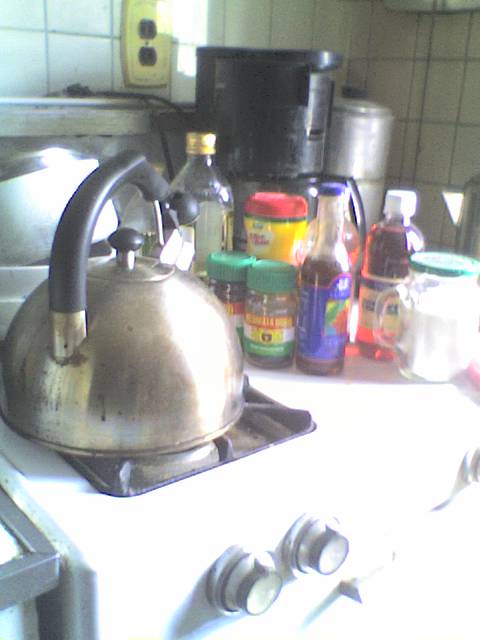Nowadays we're dazzled by the variety of yogurt in our supermarkets.It' whipped, sprinkled with candy ,topped with nuts.It's French style Greek style , old school style. It's just too much. A simpler and much better version is the homemade kind - one made in your kitchen,
Melissa Clark knows this and wrote about it in an extensive column in yesterday's New York Times Food section.It's the easiest foods to make yet it does require some thought and good choices. You being with the starter - namely the good bacteria that will ferment the milk,Ms Clark suggests thinking of it like the sourdough starter that results in a crusty, tangy bread.The two bacteria that are used the most are Lactobacillus delbruecki subspecies bulgaricus and Streptococcus thermophilus. The first turns laciose into lactic acid and is what gives yogurt its' tangy or sour taste. The second breaks down lactose into a digestible fatty acid. Where can these be had? In any live plain yogurt. Remember to look for the words "live""living" or "alive" in the ingredients ass.It has to be without preservatives but with an enjoyable flavor. This is what will flavor your finished product.Another option is heirloom yogurt starter usually found online and at some health food stores. For a nondairy yogurt,use a commercial yogurt probiotic powder or capsules . A vegan non dairy starter can be used as well.
What about the milk? There are several options, such as cow's milk.There are two types, one known as creamline or non homogenized milk and homogenized. Creamline will produce a yellow layer that will sit on top of the yogurt. Homogenized is smooth throughout and won't separate. Ms. Clark recommends choosing pasteurized milk for the best results.Don't use sterilized or ultrapasteurized (UHT).The pasteurized kind produces a better flavor and ferments more willingly. Another variable is the fat content. Fat adds creaminess and body. The less milk fat, the thinner the yogurt's texture. For a really rich one add cream.If you're worried about calories,then just use the 2% kind. Keep in mind you can also use goat's, sheep and even buffalo milk.For the best non-dairy cashew milk works the best. Another one is soy which also produces a rich, creamy mouthfeel. As for making the yogurt itself, it just cooking the milk and cream until the liquid simmers - about 110 to 120 degrees F. Let it cool until ipleasantly warm ( Ms. Clark suggests just stick a pinkie in to test)Transfer half a cup of warm milk to a bowl and whisk in the yogurt starter. Stir this into the pot of remaining milk.Set it someplace warm, such as the top of your fridge;Let it sit for six to twelve hours or until it tastes tangy.
Nothing beats a cup of homemade yogurt. It's just plain and delicious, made in your kitchen. Best of all it's just a simple fermentation without all those commercial bells and whistles.
Thursday, July 19, 2018
Homemade Yogurt Tasty Goodness
Subscribe to:
Post Comments (Atom)




No comments:
Post a Comment